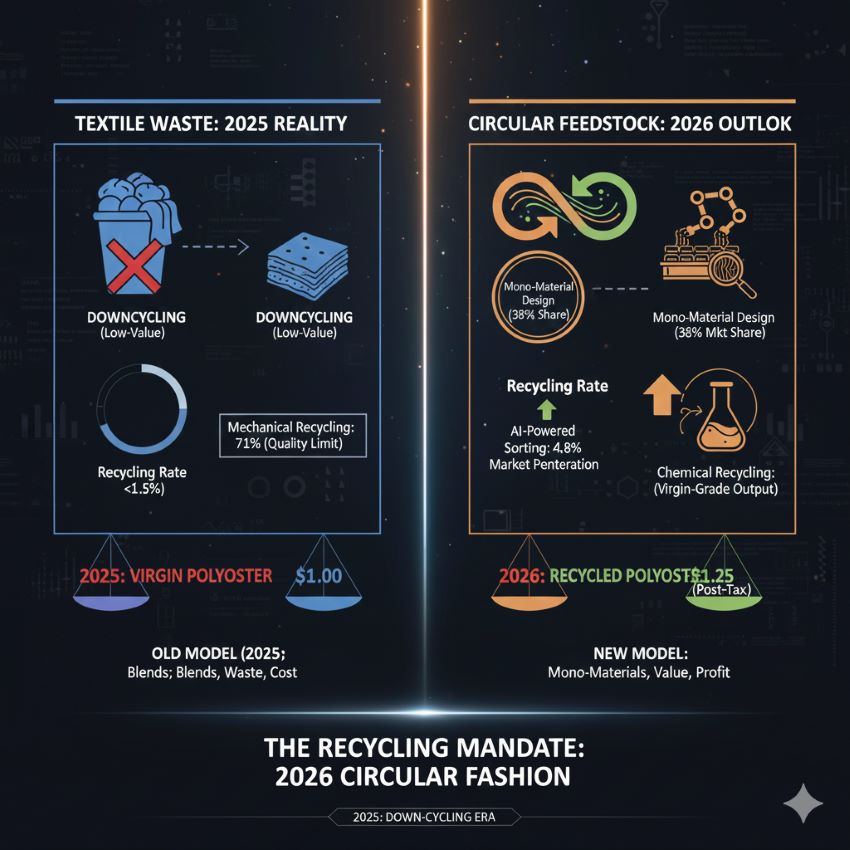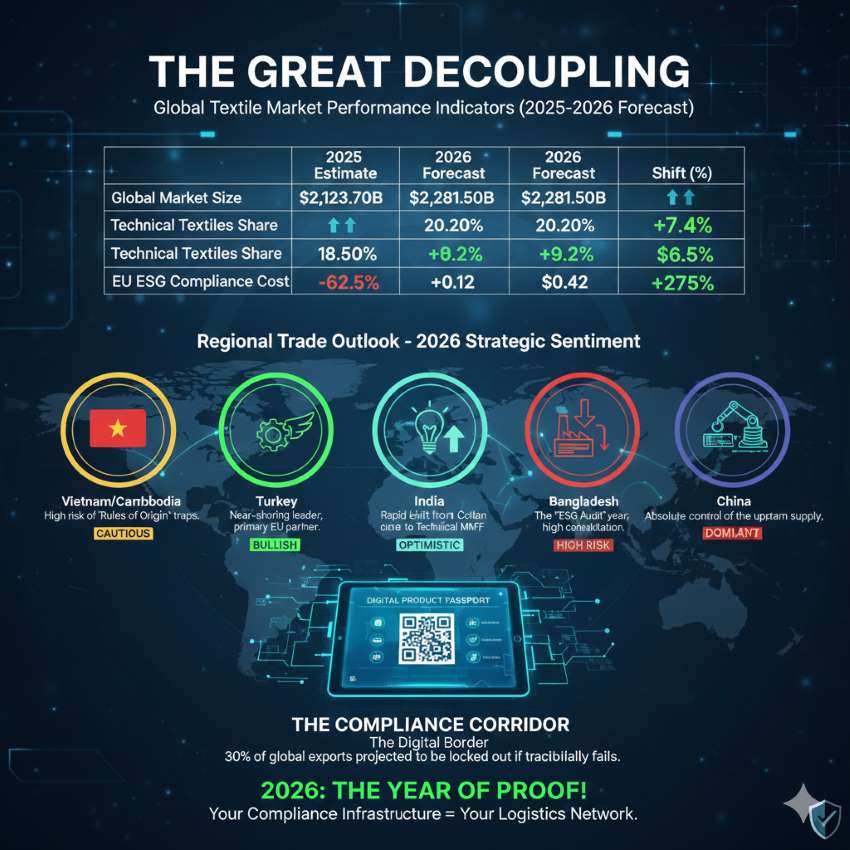Hugo Boss, the German fashion house, has significantly improved its sales and profit outlook after reporting a remarkable 20% surge in second-quarter revenues. Overcoming sluggish demand in the Chinese and U.S. fashion markets, the company's brand revamp and marketing efforts proved successful.
Amidst the challenging economic conditions in the U.S. and Europe, Hugo Boss exhibited resilience, while also achieving impressive sales growth in Asia, even with China's slower-than-anticipated recovery from the pandemic.
Despite concerns surrounding China's post-pandemic rebound affecting luxury goods companies, Hugo Boss saw a remarkable 56% increase in currency-adjusted sales in the Chinese market compared to the previous year.
Additionally, the brand witnessed positive performance in the EMEA and Americas regions, benefiting from a rise in tourism. Hugo Boss opened 17 new stores in the first half, with a focus on expansion in Asia, particularly in China.
China still holds for the company, while Hugo Boss shares have already experienced a 32% gain this year, the market remains cautiously optimistic about the increase in guidance. Notably, the retailer is addressing high inventories resulting from supply chain disruptions in the previous year.
The company expects a gradual normalization of inventories in the second half, aiming to reduce stocks to less than 20% of group sales by 2025. With its quarterly sales reaching 1.03 billion euros ($1.13 billion) on a currency-adjusted basis, Hugo Boss has projected annual sales to grow between 12% and 15%, reaching 4.1 to 4.2 billion euros.
Additionally, the company foresees a 20%-25% growth in operating profit for 2023, ranging from 400 to 420 million euros. These projections reflect a significant improvement from the company's prior forecasts.












